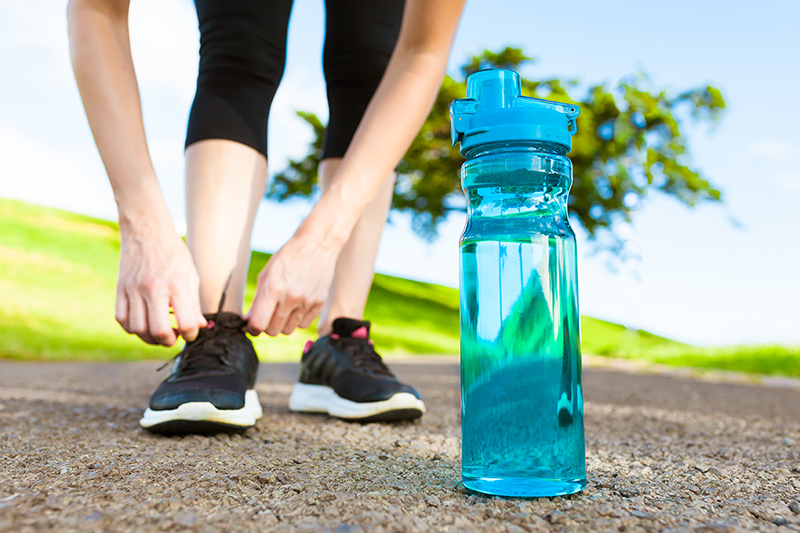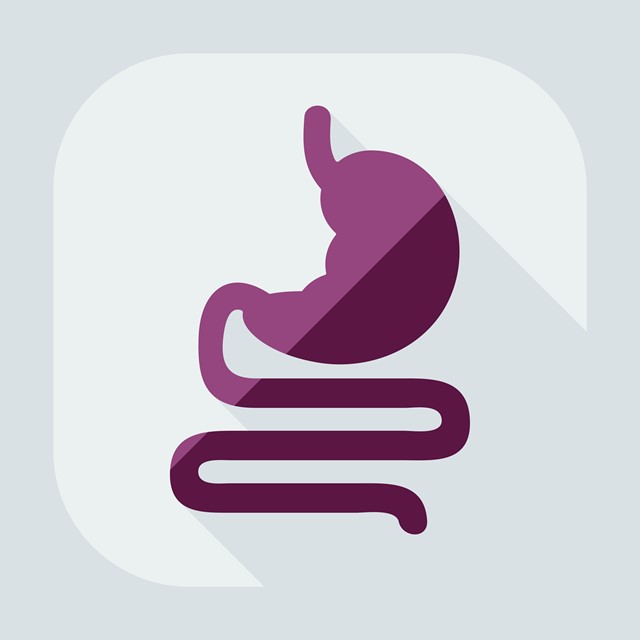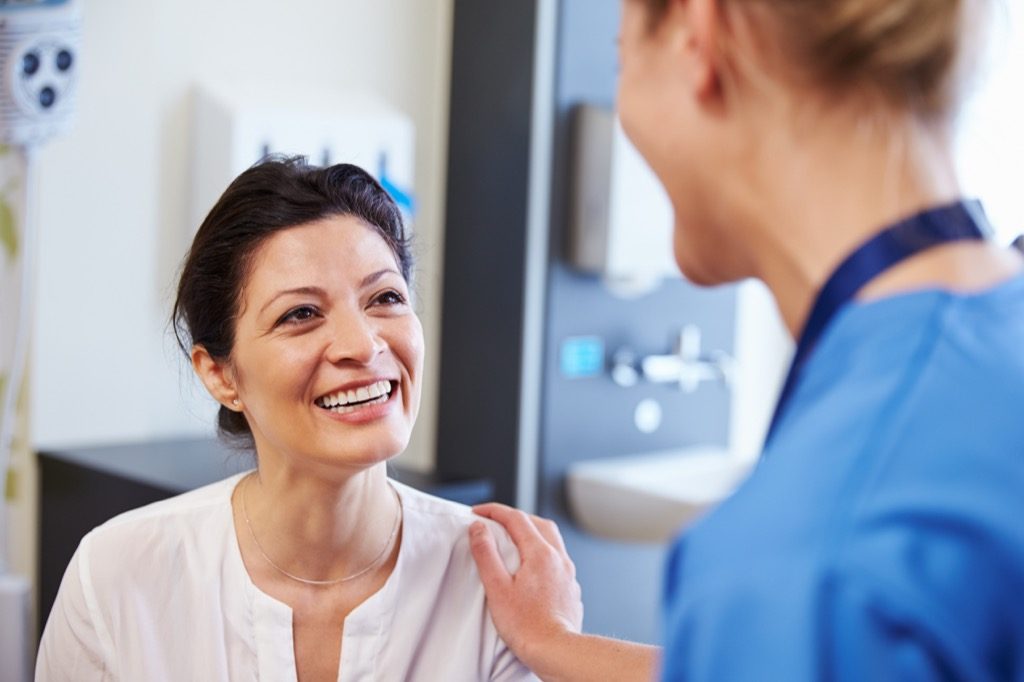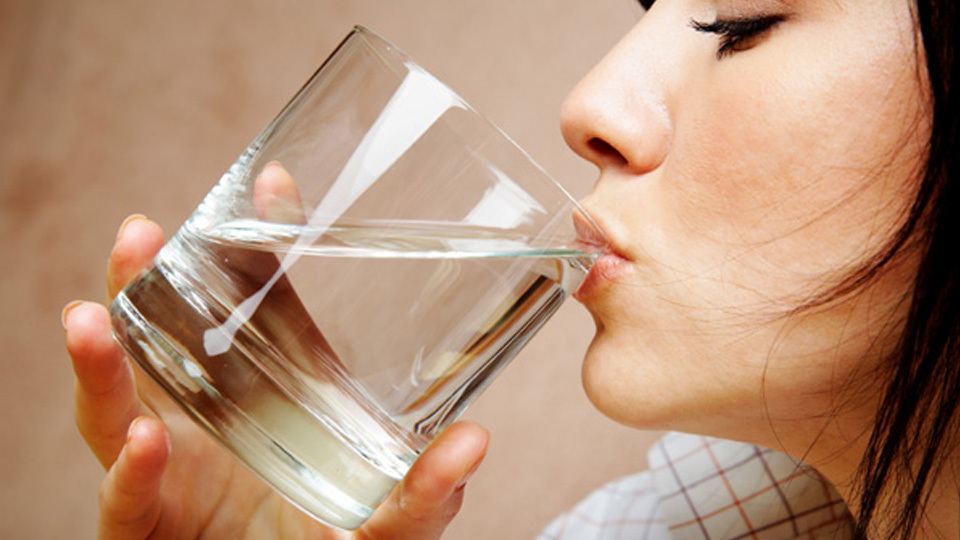We’ve always been told that breakfast is the most important meal of the day. Yet when it comes to exercise and weight loss, this advice might not be right for everyone.
Though weight loss should simply be the result of fewer calories consumed than expended, intriguing new research from Belgium shows there might be more to this simple math equation.
Researchers wanted to determine if exercising on an empty stomach could be more effective at regulating insulin in people eating a diet high in fat than exercising after a meal. Twenty-seven young men were fed a high-calorie, high-fat diet over a period of six weeks and divided into three groups. One group did not exercise. A second group ate a large high-carb breakfast before working out and then also consumed carbs while running or cycling. The third group did not eat before working out and drank only water; after exercising, they ate an equivalent breakfast to the second group.
The Stress-Busting Benefits of Exercise
Not surprisingly, the non-exercising group gained the most weight. Interestingly, however, the breakfast-before-exercise group also put on pounds while the breakfast-after-exercise group had almost no increase in weight despite eating a daily diet that was both high in calories and fat.
Eating Before Working Out: The Pros and Cons
Although this is only one study, the research does seem to indicate that not eating before working out may, at the very least, prevent weight gain — even if you’re eating a lot of calories throughout the day. The study opens the door to the possibility that you might boost weight loss if you break a sweat before breakfast. In addition, it might be more comfortable for some people to exercise on an empty stomach. “If you eat too much right before a workout, blood shifts from your periphery to your mid-section for digestion,” says Manuel Villacorta, R.D., a national spokesperson for the American Dietetic Association and creator of the Eating Free weight management program in San Francisco, Calif. “If you have eaten too much, this could make you sick.”
However, exercising on an empty stomach may not be for everyone. Food is our body’s source of fuel, and if our tank is empty we may struggle. “Some think it’s best to exercise on an empty stomach to maximize fat burning, but if you’re low on energy you may not have a good enough workout to help weight loss,” says Sarah Currie, a registered dietitian at Physical Equilibrium, a provider of personal training and nutrition management services in New York City. “If you eat something that provides energy, you’ll feel good and will be able to work harder, burning more calories.”
What to Eat and When
If you choose to eat before working out first thing in the morning, aim for an easily digestible type of carbohydrate and a small amount of protein about 30 to 60 minutes before exercising. Good choices include an English muffin with peanut butter, a bowl of cereal, or low-fat yogurt or string cheese and a piece of fruit.
When choosing packaged foods, be sure to read the labels. “Many yogurts are too high in sugar,” says Jessica Kupetz, a certified fitness trainer at Active Center for Health & Wellness in Hackensack, N.J. “The same holds true for granola bars. Every ingredient should be one you recognize. If you can’t pronounce it, there’s a really good chance it’s not ‘real,’ so don’t waste your calories.”
Why Morning Workouts Are Best
Keep in mind that finding what works best for you in terms of timing, quantity, and type of food may take some trial and error. Also, what may work for you before going cycling may not be good before running, warns Currie.
Whether or not you choose to eat before working out, make some wise foods choices after exercising.Protein is necessary to rebuild muscles, while carbs will re-stock glycogen, or energy stores, in your muscles. Eating within 15 to 30 minutes post-workout is ideal, but if this isn’t possible, aim for within 60 minutes. A turkey sandwich on whole wheat bread or a banana and plain yogurt are good, easy options.
Ultimately, when it comes to exercise and weight loss, remember that everyone is different so it’s important to do what feels right for you. “Also, it’s best to look at the big picture,” says Currie. “Calories eaten versus calories burned are what matter for weight loss and maintenance.”











